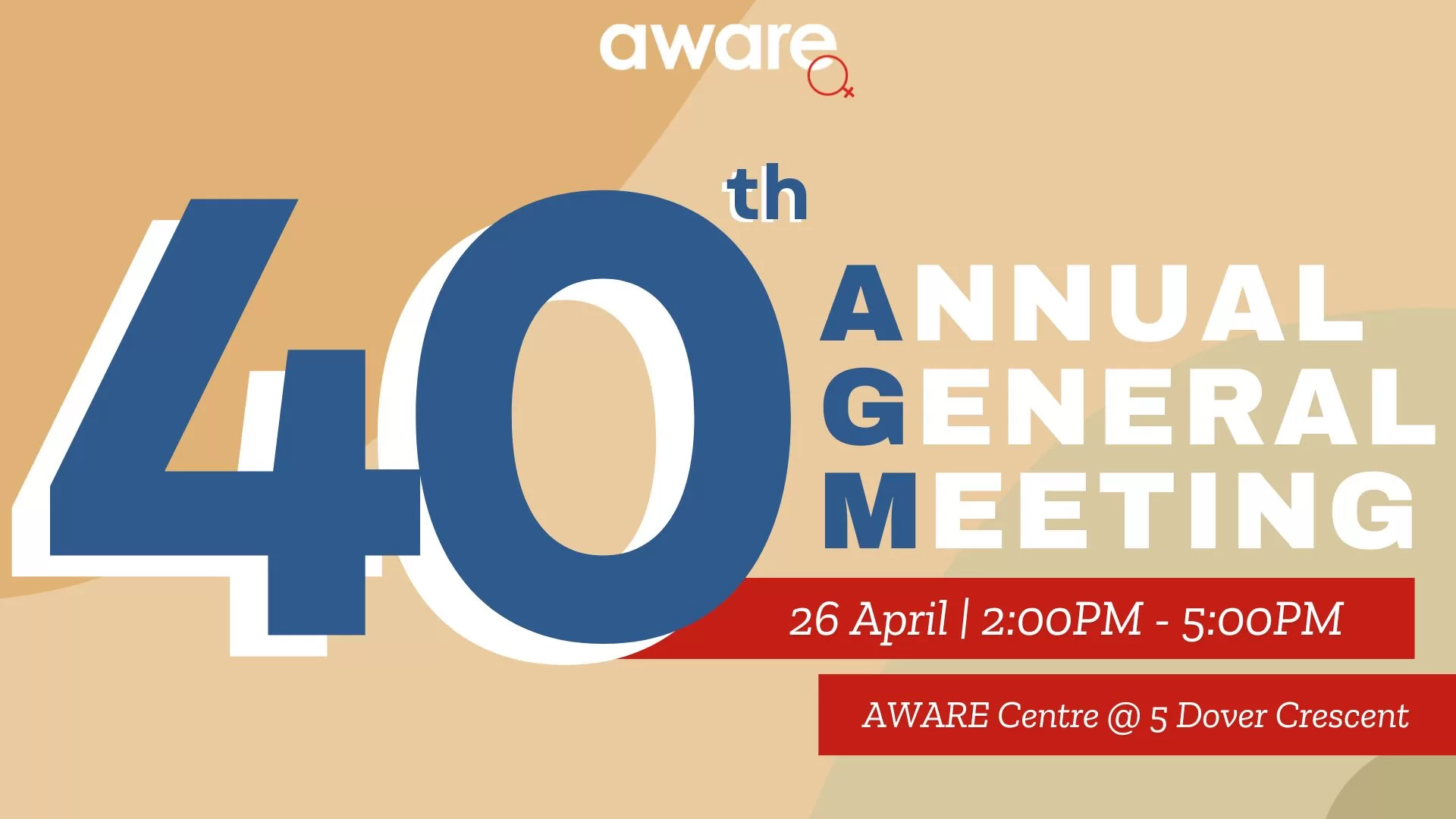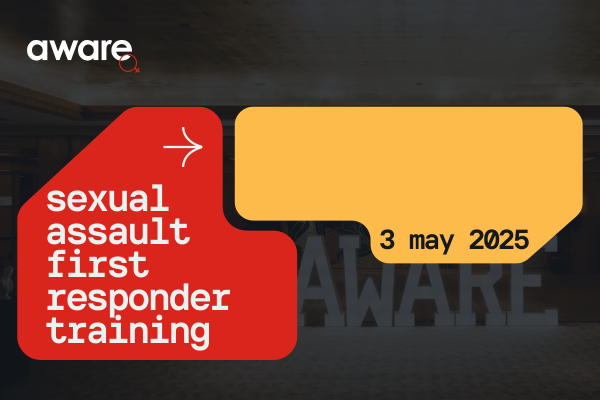
Job Description: Communications Strategy & Brand Consultant (8-month Consultancy Contract)
Reports to: Executive Director
Consultancy Fee: $7,000 – $8,000
Closing Date: 29 April 2025
Summary
The Communications Strategy & Brand Consultant will oversee AWARE’s communications strategy, messaging, and brand positioning, ensuring clarity, consistency, and impact across all platforms and campaigns. This role provides both high-level strategic direction and day-to-day oversight of the framing, tone and messaging of AWARE’s external communications.
The Consultant will also play a key role in conceptualising and initiating new campaigns that align with AWARE’s mission, organisational strategy, and priority issues.
While the Communications team executes content development, media engagement, and digital strategy, the Consultant ensures overall strategic coherence, approves key messaging before release, and provides guidance on digital engagement strategies.
The Consultant will work closely with the Communications team, providing strategic oversight, mentorship and support, and will assist with content development where needed. This role reports to the Executive Director.
A review of the job scope will take place after 2 and 5 months to ensure alignment with organisational needs.
Scope of Work
- Communications & Brand Strategy
- Support the development of and oversee AWARE’s communications strategy, ensuring consistency across platforms.
- Provide strategic direction on messaging, framing, and brand positioning for AWARE’s external communications.
- Align communications with AWARE’s values, mission, and long-term organisational strategy.
- Editorial & Content Oversight
- Ensure consistency, clarity, and effectiveness in external messaging, aligning with AWARE’s communications strategy and public engagement goals.
- Oversee framing and tone, ensuring that content is impactful, audience appropriate and aligned with AWARE’s voice.
- Digital & Social Media Strategy
- Provide strategic guidance on how digital platforms should be optimally used to enhance AWARE’s public engagement.
- Set content priorities and digital messaging strategies, ensuring all communications reflect AWARE’s voice, strategic goals and meet quality standards before release.
- Monitor engagement data and audience trends, refining strategic approaches where needed.
- Oversee the development of new digital engagement strategies (e.g., TikTok), ensuring they align with AWARE’s overall communications objectives.
- Crisis Communications & Reputational Risk Management
- Lead crisis communications planning and oversight, ensuring timely and effective responses to reputational risks.
- Review and refine crisis responses and sensitive media statements, especially those involving survivor voices, political sensitivities, or reputational risk.
- Team Oversight & Coordination
- Provide guidance and final approval on framing and tone, with Communications team being primarily responsible for execution.
- Mentor, advise and support the team in strengthening communications strategies and approaches.
- The Communications team continues to report to the Executive Director for performance management.
- Special Projects
- Lead communications strategy for AWARE’s 40th Anniversary campaign and other key initiatives.
- Provide strategic oversight for high-impact public-facing projects and campaigns.
- May also provide inputs to and support AWARE’s fundraising strategy, as necessary.
- Campaign Innovation & Public Engagement
- Identify opportunities for AWARE to lead or respond to public discourse through bold, relevant, and mission-aligned campaigns.
- Conceptualise and propose new campaign ideas in collaboration with the Communications team and programme leads, ensuring alignment with strategic priorities (e.g. gender-based violence, care infrastructure, survivor justice).
- Guide campaign development from ideation through to framing and messaging, working with team members on execution and rollout.
- Ensure campaigns are trauma-informed, culturally resonant, and grounded in AWARE’s values and advocacy goals.
Key Deliverables
- Organisational Communications Strategy: A refreshed organisation-wide communications strategy, covering brand voice, framing and public engagement priorities.
- Messaging Framework: A strategic messaging guide that sets tone, language, and positioning across priority areas (e.g. feminist advocacy, care work, survivor justice, workplace equality).
- 40th Anniversary Campaign Strategy: A communications plan and narrative strategy for AWARE’s 40th Anniversary, including campaign themes, audience engagement, and platform use.
- Digital Engagement Playbook: Strategic recommendations for growth and tone across key digital platforms (e.g. Instagram, TikTok, LinkedIn).
- Crisis Comms Protocols: Review and refine (as necessary) guidelines for handling communications responses to reputational risk and politically sensitive issues.
- Campaign Proposal(s): At least one bold, mission-aligned campaign proposal with key messages and rollout strategy.
- Strategic Oversight of Public Outputs: Ongoing input and final sign-off on major comms products (e.g. press statements, advocacy materials, campaign assets)
- Mentorship & Capacity Support: Documented strategic advice and capacity-building provided to Comms team, including recommendations on role clarity and execution.
To apply, please email your resume, cover letter and two references to ed@aware.org.sg by 29 April 2025.
Please note, only shortlisted applicants will be contacted for an interview. If you have any questions about this position, please email careers@aware.org.sg.





